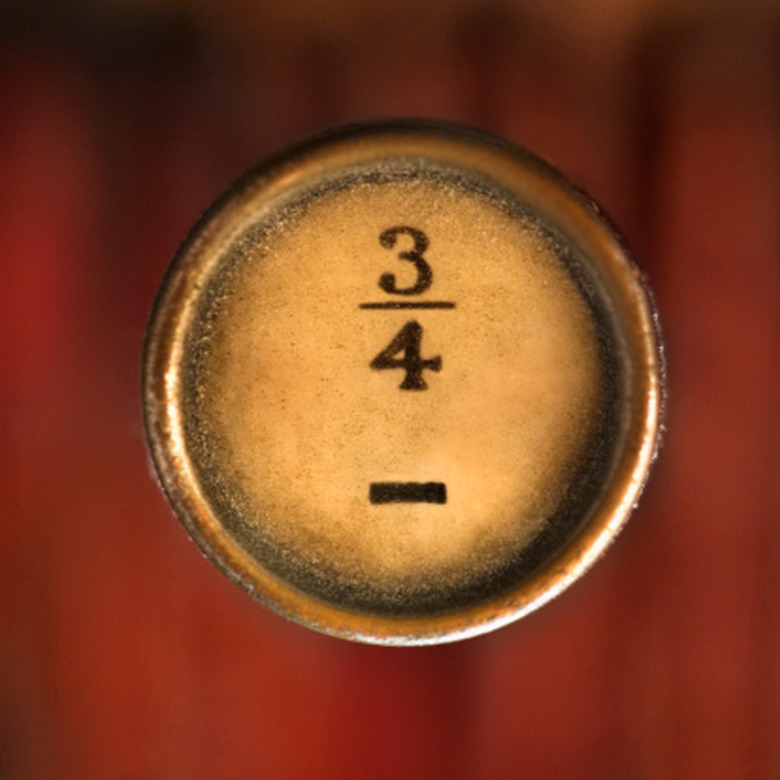How To Convert Fractions To Exponential Notation
Mathematical equations commonly include either fractions or exponential notations, although they are both quite different concepts. Fractions describe a numerical value using a ratio of two numbers, such as 3/4. Exponential notation (sometimes also called scientific notation) has a different purpose: It multiplies a numerical value by 10 raised to a power to make the number easier to write. Instead of writing 10,000,000 for example, you could use exponential notation and write 1 x 10^7. You can convert an expression from a fraction to exponential notation by first calculating the decimal value of the fraction.
Step 1
Change the fraction into a decimal number by dividing the top portion of the fraction (the numerator) by the bottom portion (the denominator). For example, in the case of the fraction 2/50, you would divide 2 by 50 to get a result of 0.04.
Step 2
Rewrite the number you just calculated, shifting the position of the decimal point of the number either left or right enough spaces so that the number is changed into a value equal to or greater than 1 but less than 10. In the example, you would move the decimal point two spaces to the right and rewrite 0.04 as 4 because 4 is greater than 1 but less than 10.
Step 3
Multiply the new value you just wrote by 10 raised to the power of "x" where x is the number of spaces that you had to move the decimal point. If you had to move the decimal point to the right, make x negative; otherwise, make it positive. Following these rules, the example value of 4 would be multiplied by 10 raised to the power of -2 to yield 4 x 10^-2. This is the equivalent of the fraction 2/50, expressed in exponential notation.
TL;DR (Too Long; Didn't Read)
Some fractions will not give a finite decimal number when divided. In these cases, you will have to write an approximate decimal number. For example, the fraction 1/3 could be written as 0.333, even though it actually has an infinite series of 3's after the decimal point.
Cite This Article
MLA
Judge, Michael. "How To Convert Fractions To Exponential Notation" sciencing.com, https://www.sciencing.com/convert-fractions-exponential-notation-8291740/. 24 April 2017.
APA
Judge, Michael. (2017, April 24). How To Convert Fractions To Exponential Notation. sciencing.com. Retrieved from https://www.sciencing.com/convert-fractions-exponential-notation-8291740/
Chicago
Judge, Michael. How To Convert Fractions To Exponential Notation last modified August 30, 2022. https://www.sciencing.com/convert-fractions-exponential-notation-8291740/
